With the appointment of Betsy DeVos as Education Secretary, the issue of school choice is front and center in the news, for now. To my dismay, I’ve been seeing friends and friends of friends worrying that this is the end of public school in America. They think that because DeVos is a seasoned school choice advocate.
I know that I can’t speak to those people who have already made up their minds, but to those out there who still might be at least a little curious on the issue, I decided to clear up some common misconceptions about school choice and what it is.
Let’s start by defining school choice: School choice is a way for government to give parents back their education tax dollars to choose whatever educational options they think best serves their child.
School choice involves the idea that no child should have their educational opportunities limited by their geography.
There are many different types of options when it comes to school choice.
- Educational Savings Accounts, or ESAs – A portion of the tax money assigned for the education of a child is put into a savings account for the parent to use for education-related expenses. That could mean private school tuition, homeschooling supplies or supplemental help for your public school student.
- Vouchers – Much like a educational coupon, a voucher is assigned a dollar amount and parents may use those vouchers, or coupons, to help pay for the school of their choice.
- Charters – Contrary to popular opinion, charter schools are not private schools. Charter schools are public schools funded by private entities that agree to an above-normal standard of scrutiny from the government in exchange for the opportunity to run a program independent of typical standardized expectations. Charter schools are desirable in many places because they don’t operate completely independently of government but have the flexibility to offer tailored programs and services for students.
- Money follows the child – This is the most direct form of choice, in which the money already allocated for your child’s education is simply attached to the student rather than the government. This system has been used with great success in Belgium, as it allows the educational market to become competitive for the minds of students. Where the child goes, the money goes. It’s as simple as that.
These are just a few options in arena of school choice, but let’s address some of the common misconceptions about school choice.
School Choice steals money from public schools:
To the contrary, choice frees up funding for public schools. Currently in our country there is no choice program that allows the total of allocated funds for each student to be used outside of public schools. Choice dollars represent 1/4 to 1/2 of the allocated funds, with the leftover portion remaining at the student’s assigned public school. So even though that child isn’t using resources or space, the public school is still being paid for a student that is no longer there.
School Choice promotes segregation:
Currently public school is the most segregated its been since Jim Crow. That is because sadly American minorities are still statistically at the bottom of the earning pool, which means they are confined to the poverty-stricken areas they can afford, while white middle-class students remain in their suburbs rather than bussing to those poverty-stricken areas. Choice lets parents escape the geographical limitations of their government-assigned schools and integrate into wealthier or more diverse areas if they so choose.
School Choice is about busting teacher unions:
No. Because teacher’s unions are heavily invested in the current public school system it can seem like school choice advocates are really advocating for an end to the unions. The reality is that school choice isn’t about unions at all. It isn’t about teachers. It isn’t about money. It’s about children. Choice advocates believe the student should always come first. No matter what.
School Choice is a conservative issue:
This couldn’t be further from the truth. School choice might be one of the few truly bi-partisan issues in the country, with Democrat and Republican politicians working side-by-side to advance the issue. Democrat Representative Sheila Jackson Lee and Republican Senator Tim Scott are two incredible examples of politicians on opposite sides of the aisles who believe choice is not just a positive step for American education, but particularly for minority students, and that for them, it is an issue of civil rights.
Minority parents and millennials in particular are overwhelmingly in favor of school choice, especially as homeschooling and alternative educational techniques are embraced by young millennial parents.
If you’re feeling scared or upset about Betsy DeVos as the Secretary of Education and think now is a good time to pull out of public schools, come join us on the side of school choice. We’re with you. We believe you should have the option to do what is best for your child’s educational future. We believe that is your right. In the school choice movement we don’t divide people into categories like Democrat or Republican, wealthy or poor, black or white. Choice is the ultimate tool of inclusiveness, and we’d be thrilled to have your support, for the sake of our children and our future.

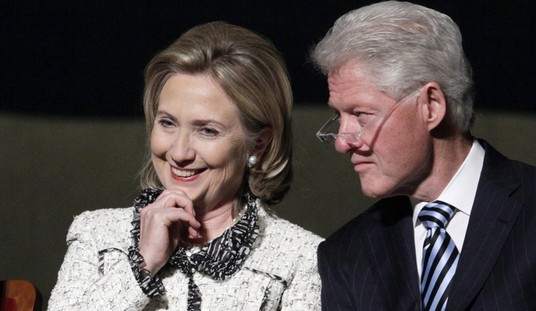

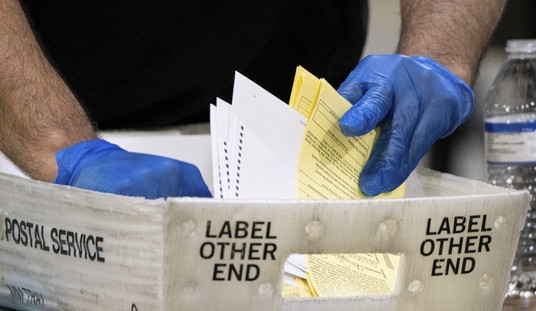
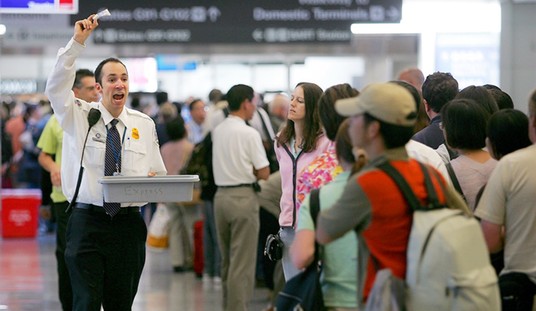
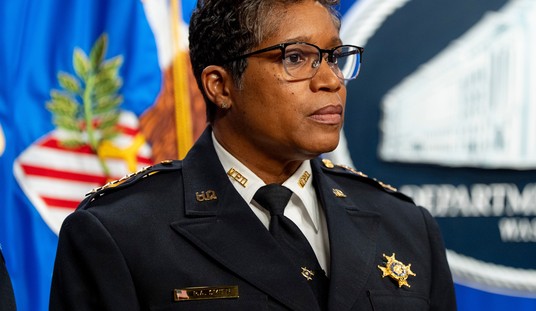
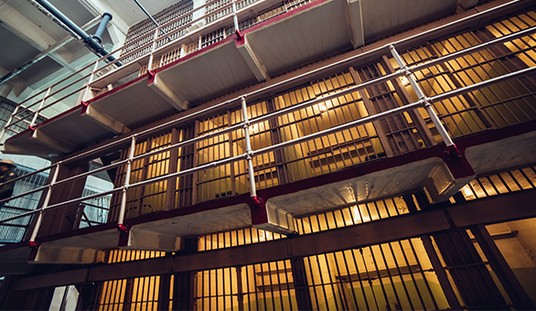





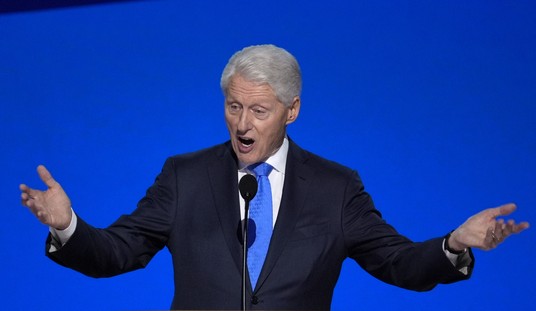
Join the conversation as a VIP Member